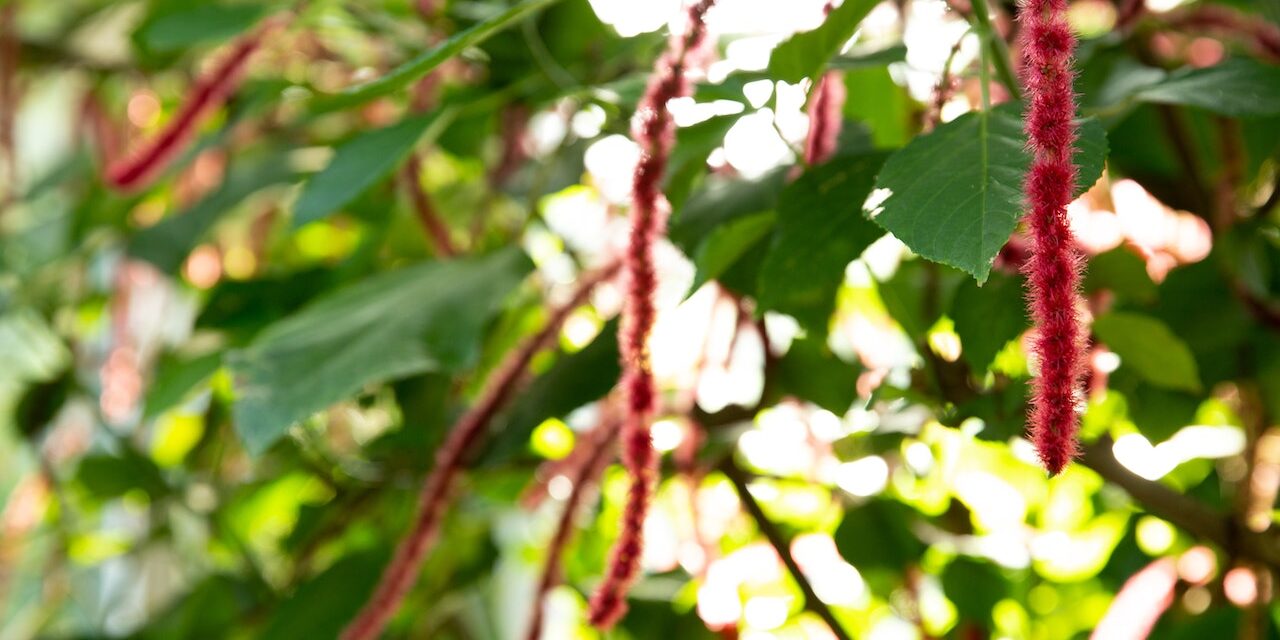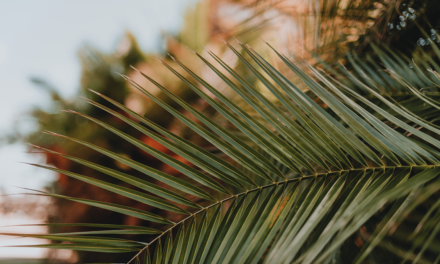As a plant lover, I’ve always been captivated by houseplants’ sheer diversity and allure.
One stunning gem that has particularly caught my attention is the Acalypha houseplant. The Acalypha houseplant adds a splash of color and intrigue to any living space with its vibrant foliage and fascinating textures. Join me as I uncover the enthralling history of Acalypha and share my expert tips for nurturing and caring for these beautiful houseplants.
A Tale of Rich Heritage: The History of Acalypha
Acalypha, a genus belonging to the Euphorbiaceae family, comprises over 450 species and is native to tropical and subtropical regions. These plants have played an essential role in various cultures throughout history, with different species being used for medicinal purposes, as ornamental plants, and even in traditional ceremonies.
Several Acalypha species have been employed in traditional medicine to treat different ailments and issues, such as skin conditions, digestive disorders, and respiratory issues. Many Acalypha species have also been used in religious and cultural rituals, particularly in the Pacific Islands.
Their striking appearance and unique textures have made Acalypha plants a popular choice for ornamental gardening, both indoors and outdoors. With their intriguing history and captivating beauty, it’s no wonder that Acalypha houseplants have become a favorite among plant enthusiasts.
Caring for Your Acalypha Houseplant: Essential Tips for Success
Although they may appear exotic, Acalypha houseplants are relatively low-maintenance and can thrive properly. Here are my top tips to ensure your Acalypha houseplant flourishes:
1. Light and Temperature Requirements
Acalypha plants adore bright, indirect light. Place your houseplant near an east-facing or west-facing window where it can soak up plenty of sunlight without the risk of scorching its leaves. Acalypha houseplants prefer temperatures between 60°F and 75°F but can tolerate slightly warmer temperatures during summer months.
2. Watering and Humidity
Striking the right balance when watering your Acalypha houseplant is crucial.
These plants prefer consistent moisture but can be susceptible to root rot if overwatered. Allow the very top inch of potting soil to dry out completely between waterings, and be sure to use a well-draining pot. Acalypha plants also appreciate high humidity levels, so consider placing a tray of water and pebbles under the pot or misting the leaves occasionally to increase humidity.
3. Soil and Fertilization
A well-draining, fertile soil mix is ideal for Acalypha houseplants.
Combining peat moss, perlite, and general-purpose potting soil will create the perfect growing medium. Feed your plant with a liquid, balanced fertilizer during the growing season every two to four weeks.
4. Pruning and Maintenance
To maintain a healthy and vibrant Acalypha houseplant, regular pruning is essential.
Trim back any leggy growth, remove dead or damaged leaves, and pinch back the tips to encourage bushy growth. Look for pests, such as mealybugs and spider mites, and treat them with insecticidal soap or neem oil.
Propagating Acalypha: Sharing the Beauty
One of the joys of growing Acalypha houseplants is the ability to propagate them and share their beauty with friends and family. Acalypha plants are best propagated through stem cuttings.
Cuttings:
- Take a 4-6 inch stem cutting from a healthy Acalypha plant, preferably during the growing season.
- Remove the low leaves and dip the end that’s cut in rooting hormone.
- Place the cutting in well-drained soil mix and keep the soil moist but not soggy.
- Place a plastic bag or dome cover over the cutting to maintain humidity, and rooting should occur within four to six weeks.
Acalypha Houseplant Varieties: A World of Vibrant Colors and Textures
With over 450 species in the Acalypha genus, there’s an array of houseplant varieties. Here are a few popular options to keep in mind for your collection:
- Acalypha wilkesiana: Known as the Copperleaf, this variety boasts vibrant, multicolored foliage in shades of red, bronze, and green.
- Acalypha hispida: Commonly called the Chenille Plant, this species features soft, drooping, red catkin-like flowers and dark green leaves.
- Acalypha repens: The Creeping Acalypha showcases small, ivy-like leaves and is an excellent choice for hanging baskets or as a ground cover.
- Acalypha godseffiana: The Miniature Firetail contrasts any houseplant collection with its green leaves edged in white or yellow.
Celebrating the Acalypha Houseplant
As we’ve delved into the fascinating history and essential care tips for Acalypha houseplants, it’s evident that these plants hold a special place in the hearts of plant enthusiasts. Their stunning appearance, intriguing textures, and relatively low-maintenance requirements make Acalypha houseplants a perfect addition to any indoor space.





